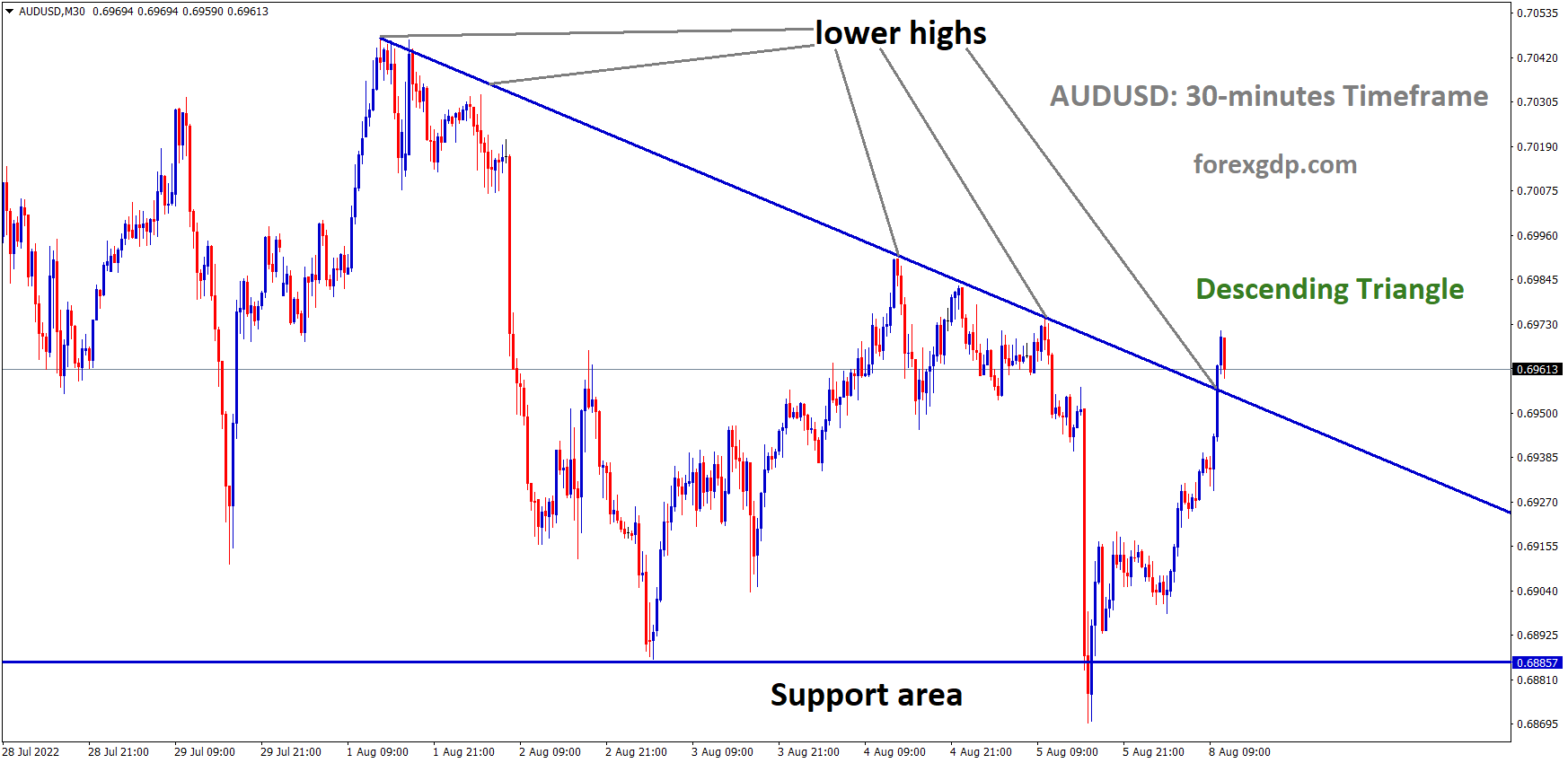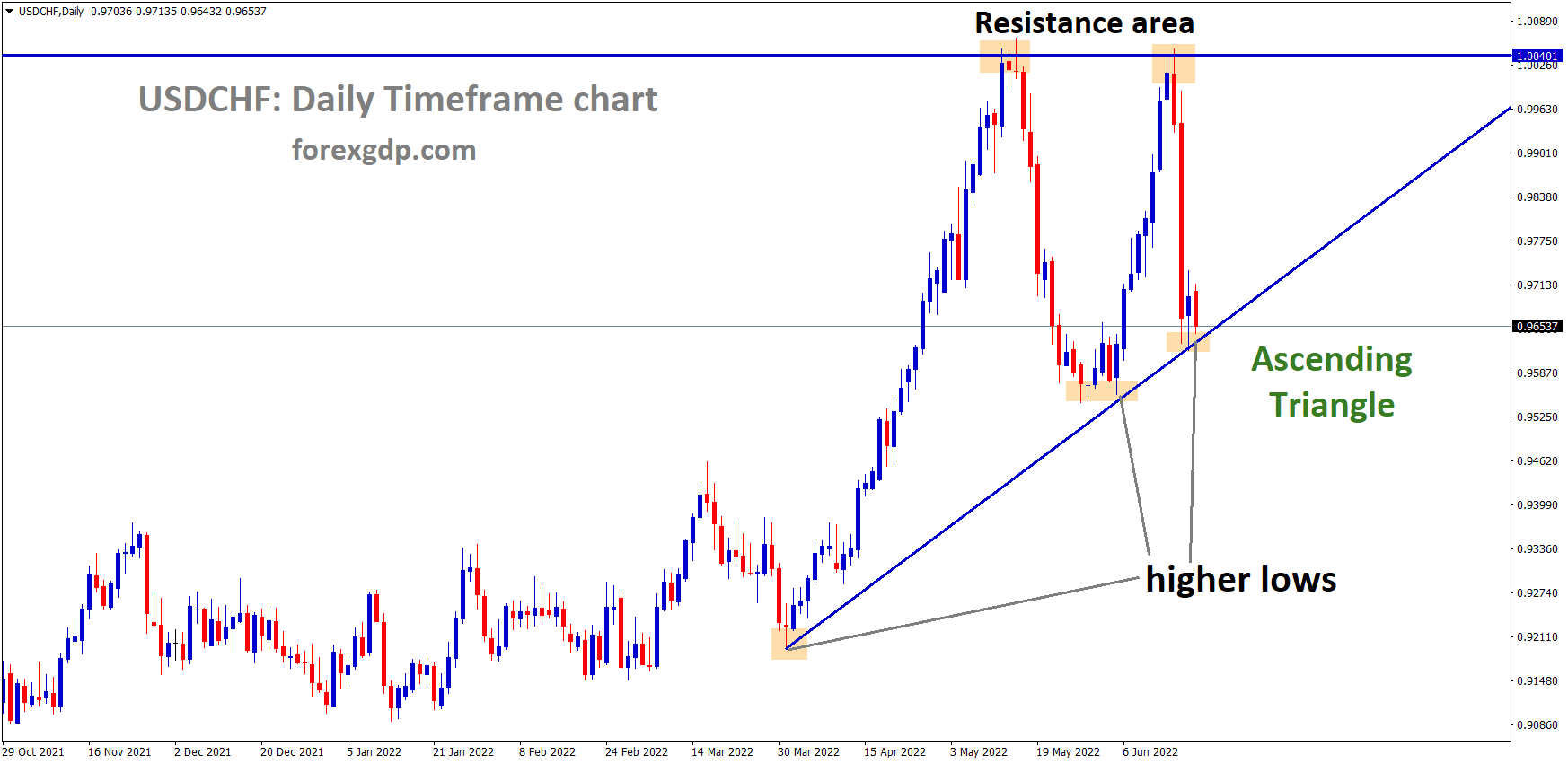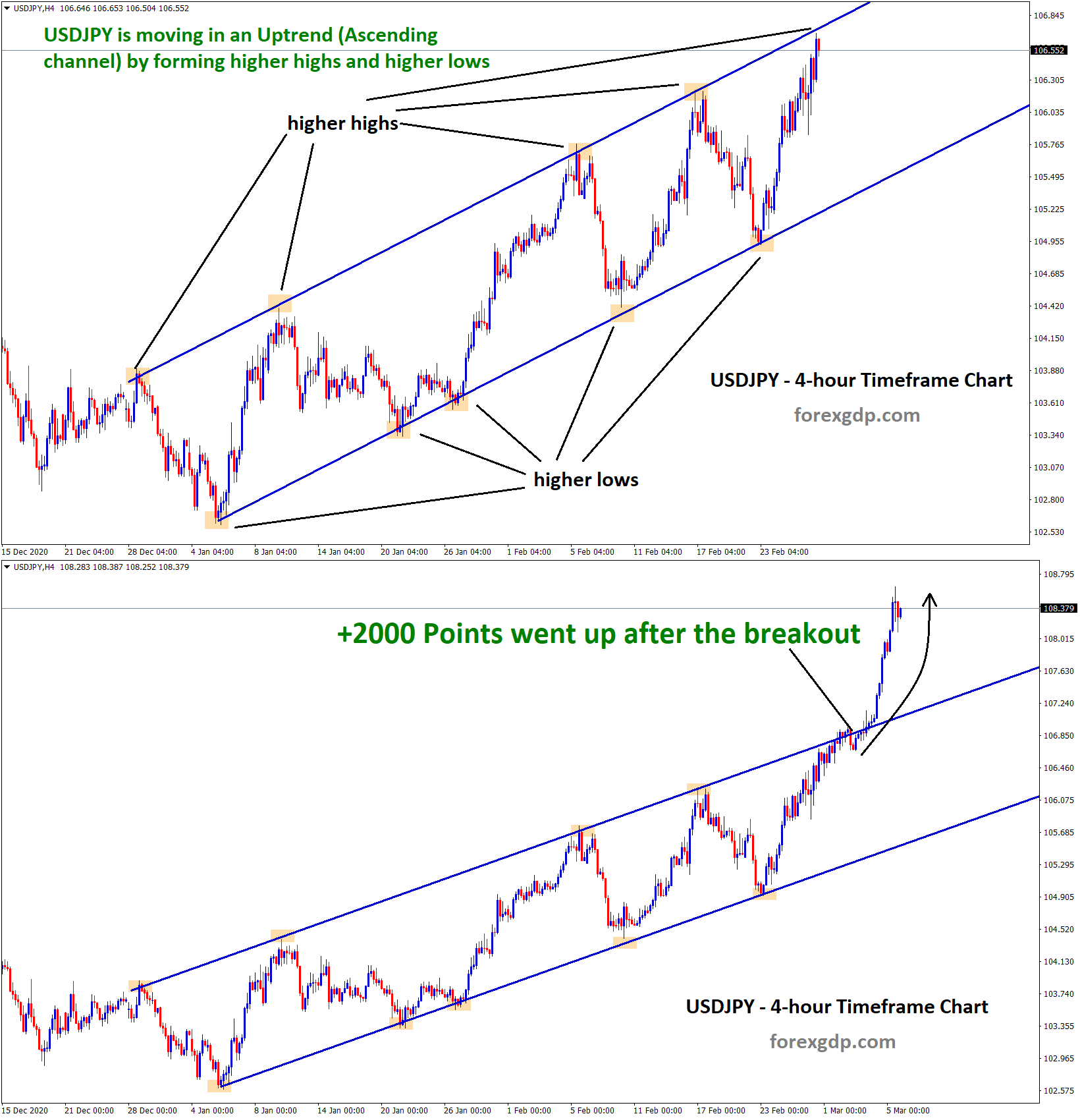AUDUSD is moving in the Descending triangle pattern and the Market has reached the Lower high area of the pattern.
Where is AUDUSD Today
The AUDUSD charts are quite unstable today as a result of the speeches by the RBA and Feds which reveal monetary policy queries and concerns.
AUDUSD is moving in an Ascending channel and the Market has rebounded from the higher low area of the channel
We also witness Australia reduce oil exports as a result of shortages in the country. As a result of these releases, the AUDUSD pair faced a high instability in its value and is now teasing around the 0.69 region. We may continue to see this pair be volatile throughout the day.
Australia Monetary Decision
The Reserve Bank of Australia recently published a statement that revealed their updated monetary policy and the decisioning behind this change. The statement reveals, “At its meeting today, the Board decided to increase the cash rate target by 50 basis points to 1.85 percent. It also increased the interest rate on Exchange Settlement balances by 50 basis points to 1.75 percent. The Board places a high priority on the return of inflation to the 2–3 percent range over time while keeping the economy on an even keel. The path to achieving this balance is a narrow one and clouded in uncertainty, not least because of global developments. The outlook for global economic growth has been downgraded due to pressures on real incomes from higher inflation, the tightening of monetary policy in most countries, Russia’s invasion of Ukraine, and the COVID containment measures in China.
They further reveal, “Inflation in Australia is the highest it has been since the early 1990s. In headline terms, inflation was 6.1 percent over the year to the June quarter; in underlying terms, it was 4.9 percent. Global factors explain much of the increase in inflation, but domestic factors are also playing a role. There are widespread upward pressures on prices from strong demand, a tight labor market, and capacity constraints in some sectors of the economy. The floods this year are also affecting some prices. Inflation is expected to peak later this year and then decline back towards the 2–3 percent range. The expected moderation in inflation reflects the ongoing resolution of global supply-side problems, the stabilization of commodity prices, and the impact of rising interest rates. Medium-term inflation expectations remain well anchored, and it is important that this remains the case. The Bank’s central forecast is for CPI inflation to be around 7¾ percent over 2022, a little above 4 percent over 2023, and around 3 percent over 2024. The Australian economy is expected to continue to grow strongly this year, with the pace of growth then slowing. Employment is growing strongly, consumer spending has been resilient and an upswing in business investment is underway. National income is also being boosted by a rise in the terms of trade, which are at a record high. The Bank’s central forecast is for GDP growth of 3¼ percent over 2022 and 1¾ percent in each of the following two years.”
AUDUSD is moving in the Descending channel and the Market has reached the Lower high area of the channel.
Australia Reduced Exports
While the rest of the world struggles to meet its energy demands as a result of the current geopolitical tensions in Europe, Australia has decided to become selfish and reduce its exports of oil and gas. Australia believes that they barely have enough to help themselves let alone other countries who are suffering too.
Economists with CNBC reveal, “The proposed Australian cuts amount to roughly 14 LNG cargoes. This is a drop in the ocean of contracted cargoes shipped each month. In July, Australia exported 100 cargoes among over 300 cargoes shipped into Asia. Cuts would only limit exports of LNG that are not sold under long-term contracts. This means that cuts would have minimal effects on buyers like Japan, Korea, and China, which buys 70% to 80% of their LNG via long-term contracts. LNG markets have bigger problems than Australian curbs. Europe’s jostling for Asia-Pacific’s LNG supply remains the biggest threat. Consequently, the rise in energy prices globally has contributed to the surging inflation that many central banks are racing to rein in.”
AUDUSD is moving in the Descending channel and the Market has rebounded from the Lower low area of the channel.
Feds Bowman Speech
Feds Governor Michelle Bowman also recently held a speech at the 2022 CEO & Senior Management Summit sponsored by the Kansas Bankers Association. This speech was about inflation and how it is impacting the economy. Bowman reveals, “Inflation continued to climb in June, reaching 9.1 percent as measured by the consumer price index. This is yet another concerningly high reading, and it set another 40-year record high despite the expectation of many forecasters that inflation had peaked earlier in the year. I have seen few if any, concrete indications that support this expectation, and I will need to see unambiguous evidence of this decline before I incorporate an easing of inflation pressures into my outlook. Many of the underlying causes of excessive inflation are the same as they have been over the past year or so—supply chain issues, including those related to China’s COVID containment policies, constrained housing supply, the ongoing conflict in Ukraine, fiscal stimulus, and limitations on domestic energy production.”
They further reveal, “Regardless of the source of the inflationary pressure, the Federal Reserve has a duty to bring inflation down to our 2 percent target. This duty is mandated by Congress to carry out a monetary policy that results in price stability—meaning low and stable inflation. We all understand why this is a critically important responsibility, especially in times of extreme inflation. Rising prices for food, housing, and energy negatively impact affordability for all Americans, especially those with low or moderate incomes. For those workers who drive long distances to get to work, high inflation is especially concerning, requiring some to make tradeoffs between feeding their families and buying fuel to fill gas tanks. Some workers have seen their wages grow significantly over the past two years, but most have seen any gains in wages far outpaced by higher prices. Therefore, in my mind, it is absolutely critical that we continue to use our monetary policy tools until we are successful in returning inflation to our 2 percent goal.”











